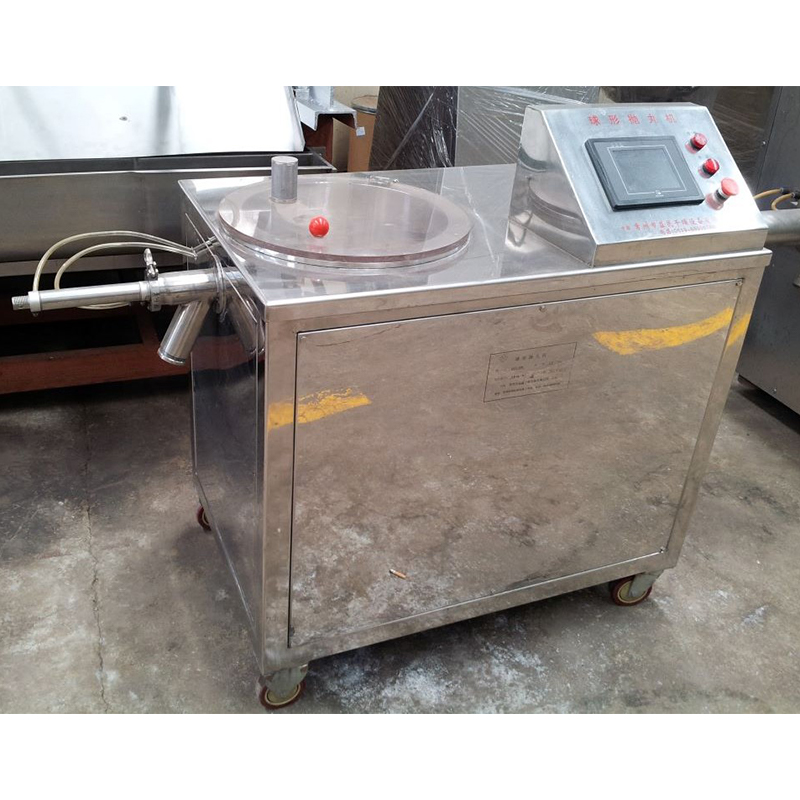The Benefits of Using a Pellets Granulator in Pharmaceutical Manufacturing
In pharmaceutical manufacturing, a pellets granulator is an essential piece of equipment used to create uniform, high-quality pellets from powdered ingredients. These pellets are then used to manufacture tablets, capsules, and other dosage forms that are vital to patient care. The granulation process helps enhance the solubility, stability, and bioavailability of the drugs, making them more effective and safer for patients.
How Pellets Granulators Improve Pharmaceutical Manufacturing
Pellets granulators contribute to pharmaceutical manufacturing in several ways:
Controlled-Release Formulations: One of the primary applications of pellets granulators in pharmaceuticals is the creation of controlled-release or extended-release formulations. Pellets can be coated with different substances that allow for slow drug release over time, improving the efficacy and reducing the side effects of medications.
Improved Dosage Accuracy: Granulating powdered ingredients ensures that the drug content is uniformly distributed, which helps improve the accuracy of dosing. This is especially important in drugs with narrow therapeutic windows, where even small variations in dosage can have significant effects on patient health.
Customization for Different Applications: Pellets granulators can produce pellets of varying sizes, allowing manufacturers to customize the formulation for different delivery systems. Whether the goal is immediate release or controlled release, the granulation process provides flexibility in designing the final dosage form.
Enhanced Bioavailability: Granulation can improve the solubility of poorly soluble drugs, which in turn increases their bioavailability. By creating smaller, more uniform pellets, manufacturers can ensure that the drug is absorbed more effectively in the body, leading to better therapeutic outcomes.
The Granulation Process in Pharmaceutical Manufacturing
The pharmaceutical granulation process generally involves two key methods: wet granulation and dry granulation.
Wet Granulation: In this process, the raw materials are mixed with a liquid binder to form moist granules, which are then dried to achieve the desired consistency. This method is widely used in the pharmaceutical industry for its ability to create granules with excellent flow properties and uniformity.
Dry Granulation: This method is used when the materials are sensitive to moisture. The powder is compacted into sheets or slugs, which are then broken down into granules. Dry granulation is ideal for heat-sensitive drugs or when moisture could degrade the product.

Pellets granulators can be designed to handle either of these processes, depending on the specific needs of the pharmaceutical manufacturer.
Benefits of Using a Pellets Granulator in Pharmaceuticals
Consistency and Quality Control: With the ability to precisely control the size and uniformity of the pellets, pharmaceutical manufacturers can ensure the consistency and quality of their products. This is critical in ensuring that each tablet or capsule contains the correct dosage of the active ingredient.
Increased Production Efficiency: Pellets granulators can process large quantities of materials at high speeds, increasing the overall efficiency of the manufacturing process. This helps meet the growing demand for pharmaceutical products while maintaining high standards of quality.
Reduction in Production Costs: By improving efficiency and product yield, pellets granulators help reduce production costs. This is especially important in an industry where manufacturing expenses can significantly impact the price of medications.
Enhanced Patient Compliance: By producing pellets with controlled-release properties, pharmaceutical manufacturers can create drugs that are more convenient for patients. Extended-release pellets allow patients to take fewer doses per day, improving adherence to treatment regimens.



 English
English русский
русский عربى
عربى Türk
Türk




